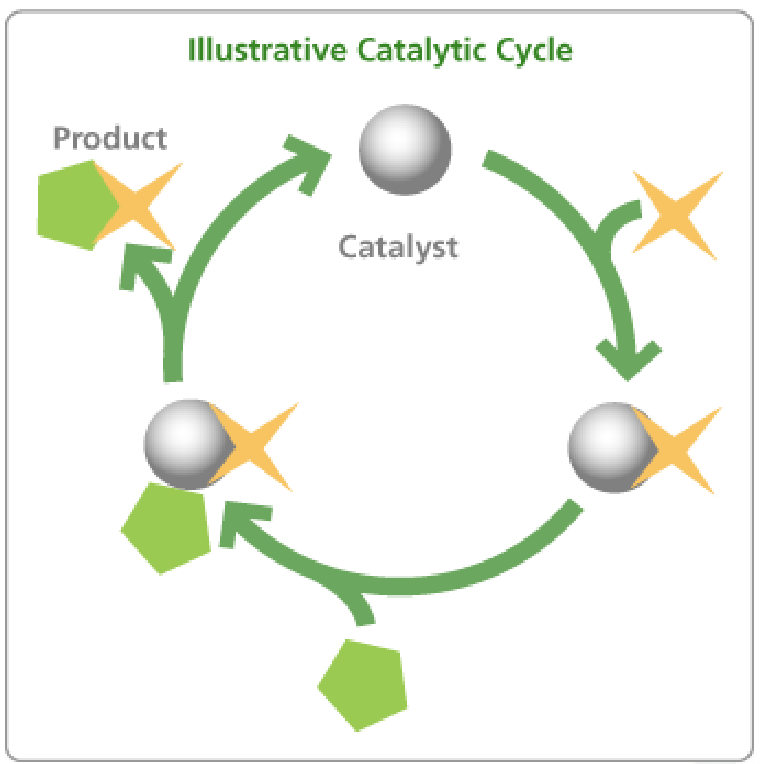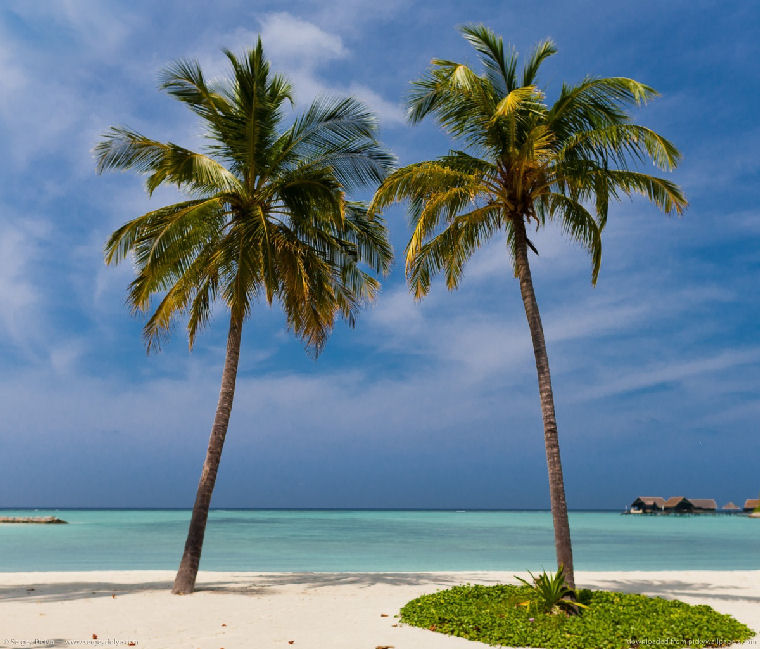79.WHAT IS A CATALYST?
Suppose you have two friends who don’t know each other. You introduce them and leave them alone. Nothing happens. They can’t seem to get together. Then you join the company and, when all three of you are together, your two friends suddenly take to each other. In this situation you have been a “catalyst!” In science or chmistry, a catalyst is a substance Which by its mere presence hastens or slows a chemical change. Suppose a manufacturer wants to produce a certain chemical compound synthetically, that is, by combining simpler substances to form it. He often finds that these simpler substances will not combine at all, or will combine too slowly to be of use. So he adds a catalyst.
78.HOW MANY KINDS OF ROSES ARE THERE?
The rose has been the favorite flower of man for hundreds of years. No other flower has been mentioned so often by the poets of all ages and all countries. In the language of flowers, its blossoms have always been the symbol of love.
The rose has even played its part in history. In England, when the Houses of York and Lancaster were fighting for power, they chose white and red roses respectively for their emblems. The flowers gave their name to the War of the Roses!
77.HOW MANY KINDS OF PALM TREES ARE THERE?
Most of us probably think of the palm tree as purely decorative. We have seen pictures of these stately trees lining the streets in certain cities, or growing near tropical beaches.
Actually, there are about four thousand different species of palm trees and they are among the most useful trees known to man. Their fruit, their stems, and their tender leaves provide food. Their leaves, branches, and trunks furnish strong wood, cane, thatch, and twine. Their bark and leaves are used in making rugs, paper, cloth, baskets, hats, and brushes. The nuts of the ivory palm are carved into buttons. The sap of some palms is made into sugar, or wine, or honey.




